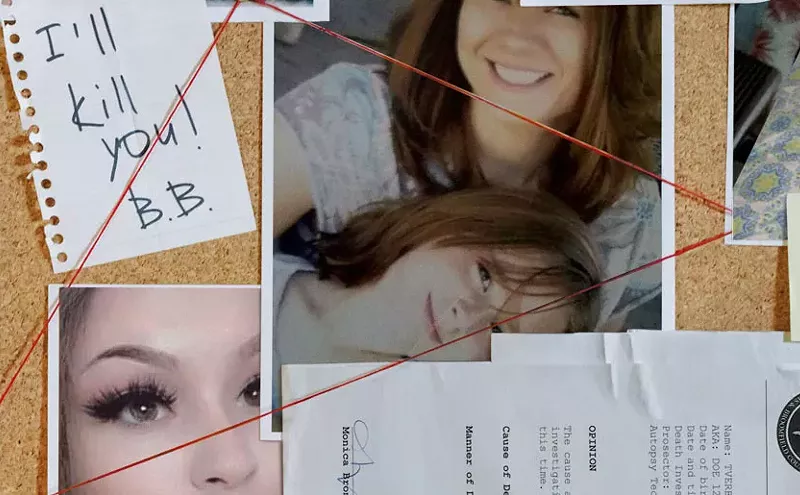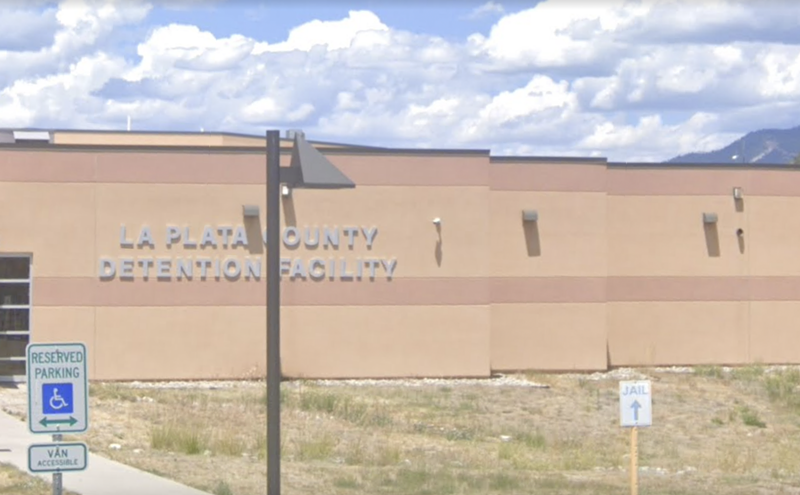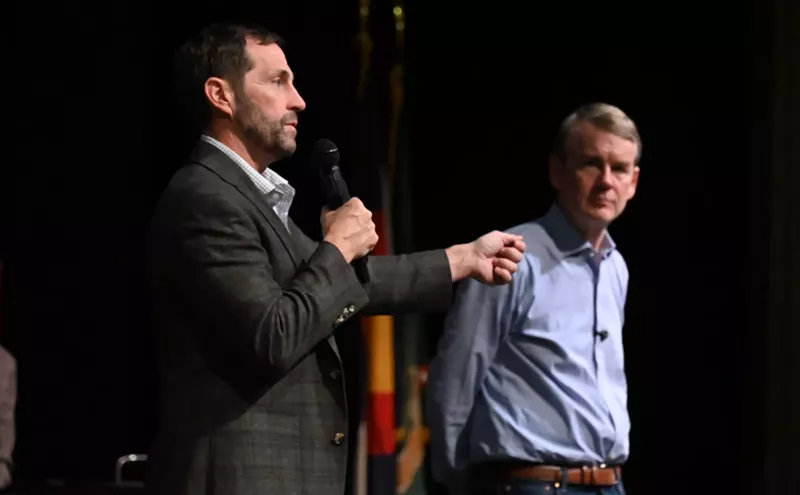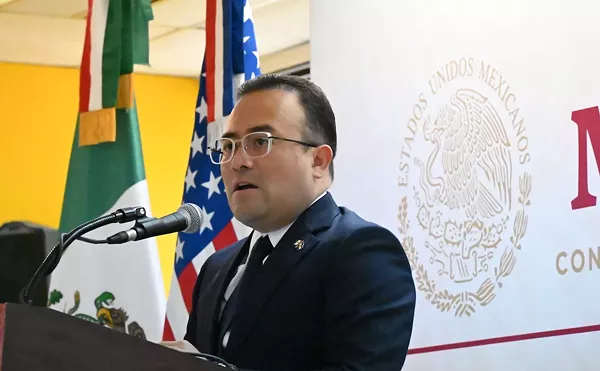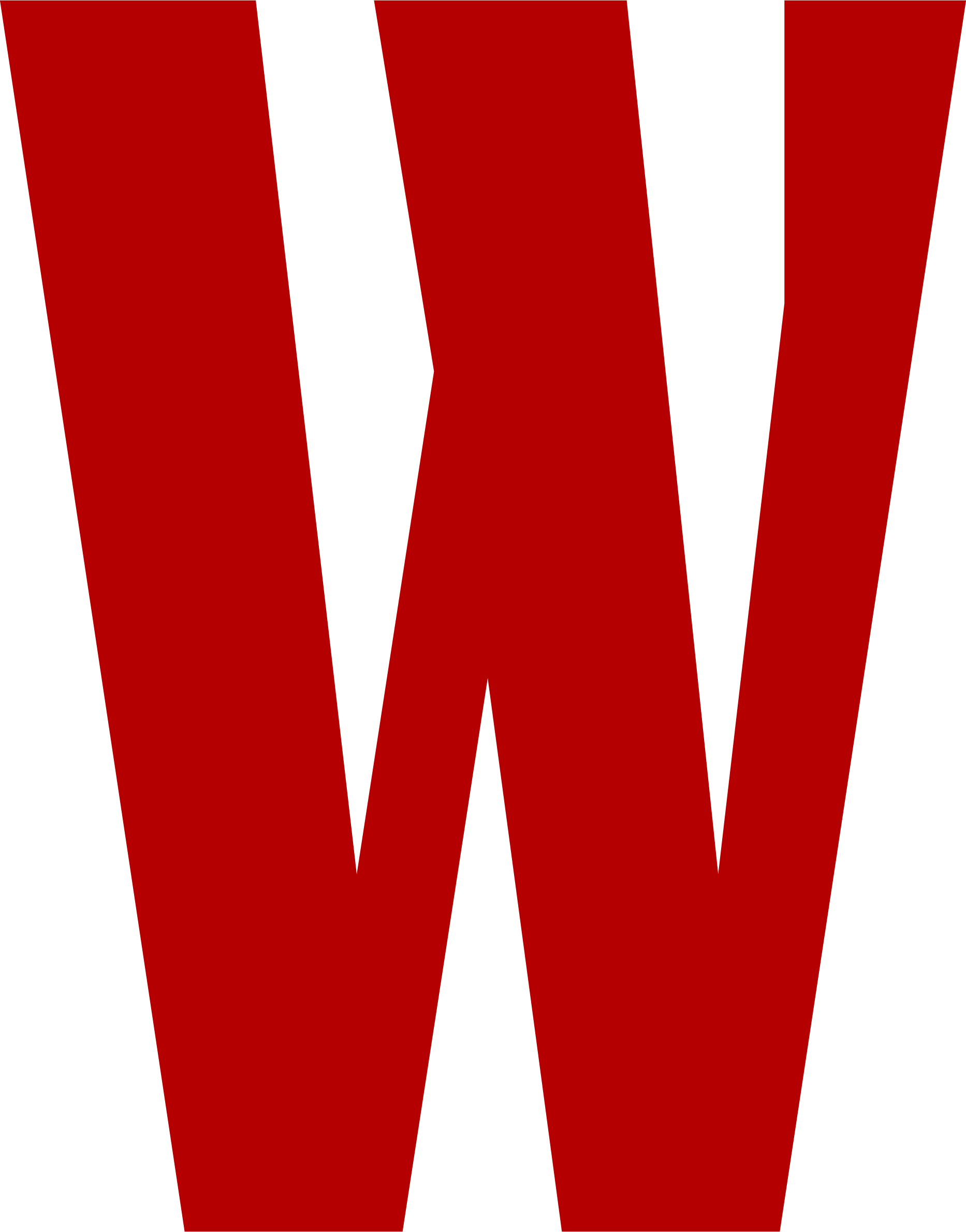Westword analyzed U.S. Census data, comparing each Denver zip code's 2023 racial demographics to determine which parts of the city have the largest and smallest share of residents who identify as "white alone." Denver's white population is in line with the United States as a whole, with 62.61 percent of Denver residents identifying as white, compared to 62.96 percent of people nationwide (and 72.63 percent of Coloradans). Still, most major cities are more diverse than the national average.
But even in Denver, different parts of the city vary widely. The white populations of Denver zip codes range from as high as 88 percent to as low as 24 percent. Six of the ten whitest areas also made Westword's top ten list of the richest zip codes in the city — as did one of the least white areas.
If you're searching for a new neighborhood and diversity is important to you, not to worry: We did the digging. Here are the top ten whitest zip codes in Denver, from tenth to first place, followed by the ten least white zip codes in Denver.
10. 80290
Covering just one city block of Denver's North Capitol Hill neighborhood, this zip code is between Broadway and Lincoln Street, and 18th and 17th avenues. The population lives pretty much entirely within the 354 units of the Skyhouse Apartments. Of the zip code's 452 total residents, 345 identify as white.White: 76.33 percent
Black: 0 percent
Asian: 6.64 percent
Two or more races: 15.27 percent
Other: 1.77 percent
9. 80202
The area spreads across the Central Business District and Union Station neighborhoods in the heart of downtown Denver. Of the zip code's 18,233 total residents, 13,917 identify as white.White: 76.33 percent
Black: 3.28 percent
Asian: 5.58 percent
Two or more races: 11.12 percent
Other: 3.69 percent
8. 80215
Though this zip code primarily falls within Lakewood, the southernmost portion housing the Denver Federal Center is technically part of Denver County. Of the zip code's 19,684 total residents, 15,222 identify as white.White: 77.33 percent
Black: 0.98 percent
Asian: 3.19 percent
Two or more races: 12.51 percent
Other: 5.99 percent
7. 80203
This zip code covers the bulk of the Speer, Capitol Hill and North Capitol Hill neighborhoods, including the State Capitol Building. Of the zip code's 22,355 total residents, 17,678 identify as white.White: 79.08 percent
Black: 4.45 percent
Asian: 1.92 percent
Two or more races: 11.69 percent
Other: 2.86 percent
6. 80218
Immediately to the east of the previous zip code, this area includes portions of the Speer, Capitol Hill and North Capitol Hill neighborhoods, in addition to Cheesman Park and Country Club. Of the zip code's 19,364 total residents, 15,766 identify as white.White: 81.42 percent
Black: 3.57 percent
Asian: 2.47 percent
Two or more races: 9.51 percent
Other: 3.03 percent
5. 80210
This zip code covers six square miles, with the University of Denver at its center. Of the zip code's 39,155 total residents, 31,892 identify as white.White: 81.45 percent
Black: 2.89 percent
Asian: 3.56 percent
Two or more races: 8.69 percent
Other: 3.4 percent
4. 80228
Another area sneaking in on a technicality: This zip code mostly covers Lakewood, but a handful of addresses in the northeast corner are part of Denver County. Of the zip code's 34,677 total residents, 28,683 identify as white.White: 82.71 percent
Black: 0.73 percent
Asian: 4.4 percent
Two or more races: 9.52 percent
Other: 2.63 percent
3. 80212
This zip code encompasses the Sloan Lake and Berkeley neighborhoods, reaching slightly beyond Denver County and into Lakeside. Of the zip code's 20,426 total residents, 16,901 identify as white.White: 82.74 percent
Black: 1.25 percent
Asian: 2.81 percent
Two or more races: 8.76 percent
Other: 4.44 percent
2. 80206
Living up to its rich white people reputation, this area includes the Cherry Creek neighborhood, in addition to Congress Park and part of Cheesman Park. Of the zip code's 24,555 total residents, 20,612 identify as white.White: 83.94 percent
Black: 4.2 percent
Asian: 2.11 percent
Two or more races: 8.08 percent
Other: 1.66 percent
1. 80209
Covering the Washington Park and Belcaro neighborhoods, this zip code is the number-one whitest in Denver, with white residents accounting for 26 percentage points more of the population than their share in the rest of the city and country. Of the zip code's 26,794 total residents, 23,605 identify as white.White: 88.1 percent
Black: 1.07 percent
Asian: 2.27 percent
Two or more races: 6.54 percent
Other: 2.02 percent
* * *
Here are the top ten least white zip codes in Denver, from tenth to first place:10. 80204
This area includes the downtown Auraria Campus, Villa Park, West Colfax, Sun Valley and Lincoln Park neighborhoods. Of the zip code's 35,518 total residents, 20,688 identify as white.White: 58.25 percent
Black: 6.35 percent
Asian: 2.08 percent
Two or more races: 21.78 percent
Other: 11.54 percent
9. 80221
Comprising the Chaffee Park and Regis neighborhoods, this zip code extends north beyond Denver County and into Adams County. Of the zip code's 40,938 total residents, 23,512 identify as white.White: 57.43 percent
Black: 1.28 percent
Asian: 1.74 percent
Two or more races: 24.79 percent
Other: 14.75 percent
8. 80236
This area in southwest Denver includes the Harvey Park and Fort Logan neighborhoods. Of the zip code's 17,207 total residents, 9,602 identify as white.White: 55.8 percent
Black: 2.29 percent
Asian: 4.19 percent
Two or more races: 29.6 percent
Other: 8.12 percent
7. 80229
Including the mid-northern portion of Denver, this zip code largely encompasses parts of Thornton and unincorporated Adams County. Of the zip code's 57,274 total residents, 30,862 identify as white.White: 53.88 percent
Black: 1.67 percent
Asian: 3.39 percent
Two or more races: 28.13 percent
Other: 12.92 percent
6. 80207
Covering North Park Hill and part of the Park Hill and Central Park neighborhoods, this zip code is the only one on the least-white list that is also among the ten wealthiest zip codes in the city. Of the zip code's 22,382 total residents, 11,498 identify as white.White: 51.37 percent
Black: 27.28 percent
Asian: 1.64 percent
Two or more races: 13.98 percent
Other: 5.73 percent
5. 80247
Evenly split between Denver and Aurora, this area includes Denver's Windsor neighborhood and Aurora's Dayton Triangle neighborhood. Of the zip code's 29,453 total residents, 15,041 identify as white.White: 51.07 percent
Black: 23.85 percent
Asian: 5.28 percent
Two or more races: 10.96 percent
Other: 8.85 percent
4. 80216
This zip code largely consists of the Globeville, Elyria-Swansea and River North Art District neighborhoods, in addition to a portion of Park Hill. It reaches slightly beyond Denver's border, extending north into unincorporated Adams County. Of the zip code's 16,610 total residents, 8,307 identify as white.White: 50.01 percent
Black: 5.95 percent
Asian: 1.49 percent
Two or more races: 13.91 percent
Other: 28.63 percent
3. 80219
Covering southwest Denver, this zip code includes the Harvey Park, Mar Lee, Westwood, Barnum and Barnum West neighborhoods. Of the zip code's 60,095 total residents, 28,413 identify as white.White: 47.28 percent
Black: 1.24 percent
Asian: 3 percent
Two or more races: 39.07 percent
Other: 9.41 percent
2. 80249
The most northern and eastern parts of the city, this zip code covers Denver International Airport and the Green Valley Ranch neighborhood. Of the zip code's 41,209 total residents, 11,901 identify as white.White: 28.88 percent
Black: 33.76 percent
Asian: 7.82 percent
Two or more races: 16.93 percent
Other: 12.62 percent
1. 80239
Half of the area of Denver's most racially diverse zip code is made up of the Rocky Mountain Arsenal National Wildlife Refuge, but the bulk of the population comes from the city's historic Montbello neighborhood, one of the earliest developments in northeast Denver. Of the zip code's 44,077 total residents, 10,742 identify as white.White: 24.37 percent
Black: 19.18 percent
Asian: 3.31 percent
Two or more races: 24.97 percent
Other: 28.17 percent




